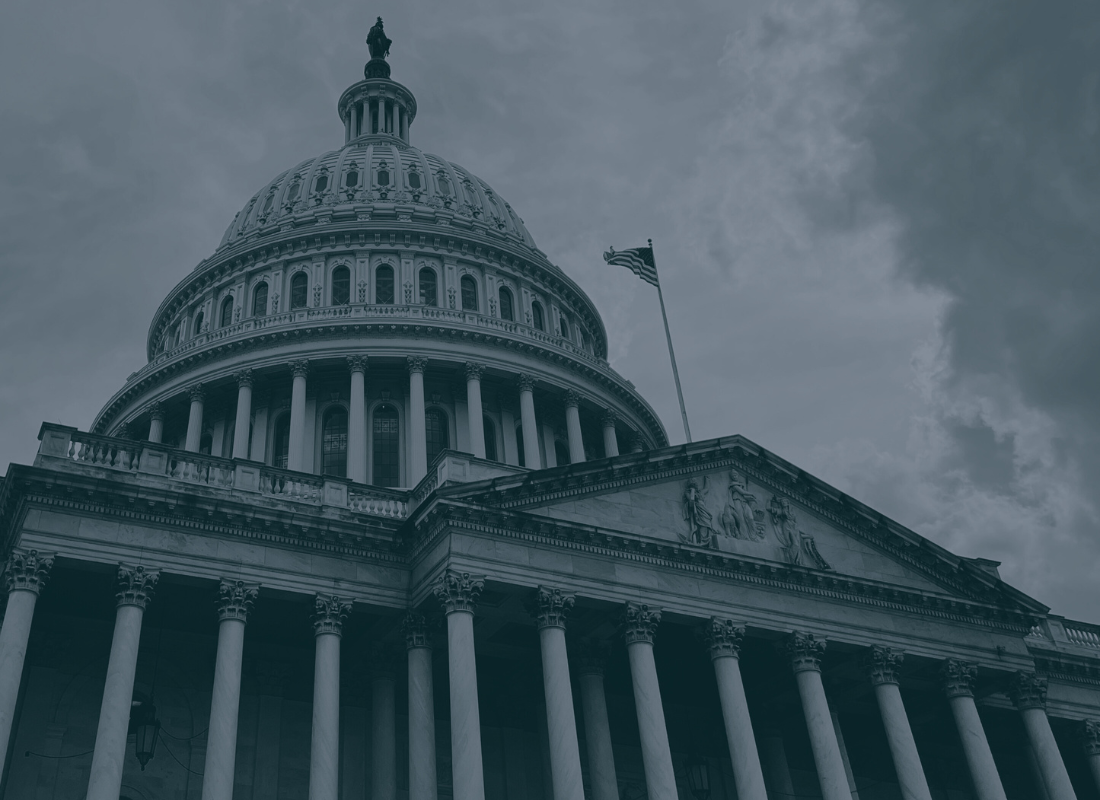U.S. Treasury Releases Final Rule on COVID-19 State/Local Fiscal Recovery Funds
Originally published on January 11, 2022
Updated on November 14th, 2024
The Treasury recently issued its final rule with respect to the Coronavirus State and Local Recovery Funds (SLFRF). The final rule, which takes effect on April 1, 2022, is a response to many of the comments the Treasury received in response to its previously issued Interim Final Rule.
Until then, recipients can take actions and use funds in accordance with the final rule, and the Treasury will not act to enforce the interim final rule if the use of funds is consistent with the terms of the final rule (regardless of when the SLFRF funds were expended).
Among the changes included in the final rule:
- Expansion of the list of eligible uses of SLFRF funds to respond to negative economic impacts of the public health emergency to include health insurance subsidies and paid sick and family leave. (The list already included affordable housing development, childcare, early learning services, and services to address learning loss available to all communities impacted by the pandemic.)
- Clarification of rules concerning capital expenditures that can be deemed eligible responses to negative economic or public health impacts of the pandemic.
- Expansion of the list of eligible water and sewer infrastructure projects to include a broader set of project types.
- Expansion of the areas eligible for investment in broadband infrastructure to include areas where the recipient has identified need for additional broadband investment. In addition, the final rule provides for the modernization of cybersecurity for existing and new broadband infrastructure, regardless of delivery speed standards.
- Expansion of government employment subsidies to allow recipients to restore employment up to 7.5% above pre-pandemic baseline employment levels. The final rule also allows for funds to be used to maintain current compensation levels to prevent layoffs, funding for employees that experienced pay reductions or furlough, and worker retention incentives.
- Simplification of the revenue loss guidance to permit small localities to elect a standard allowance of $10 million rather than calculating revenue loss through the full formula.
- Adjustment of the revenue loss formula to permit calculation on a calendar or fiscal year basis and include revenue from certain utilities.
You can read the final rule here. Please reach out to our government CPAs if you have any questions.
Other Posts You Might Like

